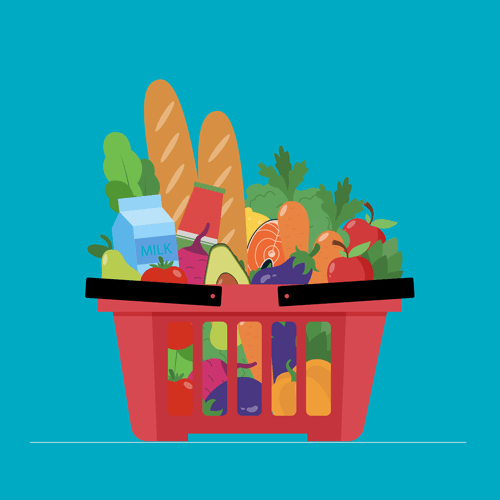The catering industry is one of the most lucrative businesses globally, with many restaurants, cafes, and event planners striving to provide top-quality services. However, in recent times, there has been a growing concern about the impact of catering on the environment. The need to go green has brought about the concept of carbon-neutral menus in the catering industry. In this blog, we will discuss what carbon-neutral menus are and practical ways one can achieve them.
Understand the Carbon Footprint of Your Menu Items
The first step in achieving carbon-neutral menus is understanding how much carbon dioxide your menu items emit. Certain foods such as red meat, dairy, and processed foods are known to have high carbon footprints. As a caterer or restaurant owner, conducting a life-cycle analysis of your menu items enables you to identify those with high carbon footprints and replace them with lower carbon alternatives. By doing so, you reduce the amount of carbon dioxide emitted.
Source Locally Produced Menu Items
Another way to achieve carbon-neutral menus is by sourcing locally produced items. The transportation of foods globally takes a considerable amount of energy and emits a large amount of carbon dioxide. Sourcing ingredients locally not only ensures freshness but reduces the environmental impact of your menu items.
Reduce Food Wastage
The food industry generates a significant amount of waste, which contributes massively to carbon dioxide emissions. Many caterers and restaurants have adopted food waste reduction policies to reduce the environmental impact of their left-over foods. Approaches such as donating surplus foods, composting, and recycling can significantly cut down food wastage.
Choose Carbon-Neutral Energy Sources
The energy used when cooking and preparing meals contributes significantly to the carbon footprint of the catering industry. Switching to renewable energy sources such as solar, wind, or hydroelectric power is a sustainable way to reduce carbon emissions from energy usage. Additionally, energy-efficient appliances and light bulbs also reduce carbon emissions.
Use Reusable and Eco-Friendly Packaging
The majority of takeaway packaging used in the catering industry is not recyclable and ends up in landfills, contributing to carbon emissions. Reusable and eco-friendly alternatives such as biodegradable and compostable packaging, and reusable food containers can reduce the amount of waste generated, thereby reducing the environmental impact.
Carbon-neutral menus not only contribute to a sustainable environment but also help catering businesses save costs in the long run. By implementing measures such as-sourcing locally produced items, reducing food waste, choosing carbon-neutral energy sources, and using reusable and eco-friendly packaging, catering businesses can achieve carbon neutrality. Though the concept of carbon-neutral menus might seem overwhelming, it is achievable with the right implementation plans and support. We hope this blog has provided useful insights for restaurant owners, managers, caterers, and event planners who seek to achieve carbon-neutral menus.

